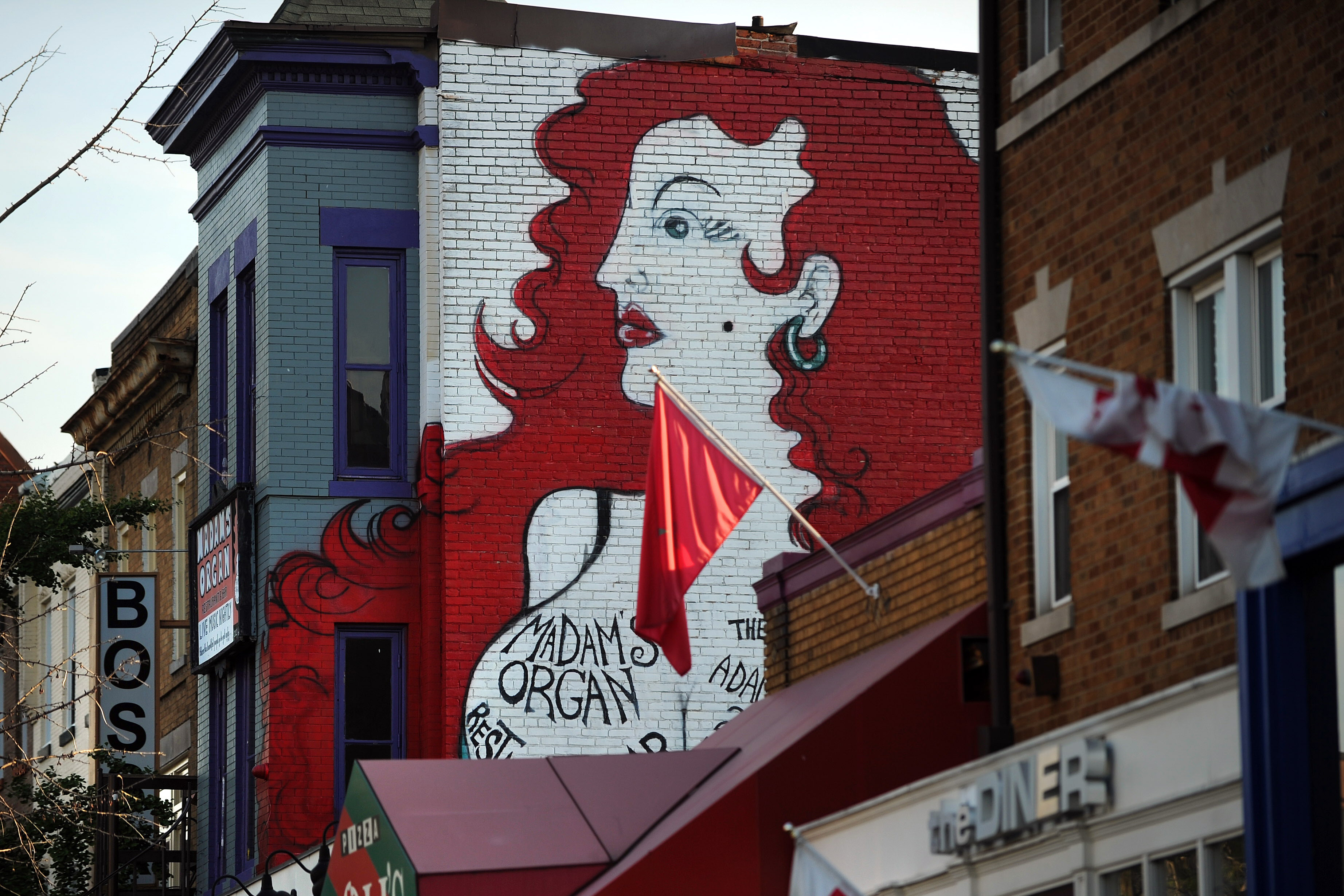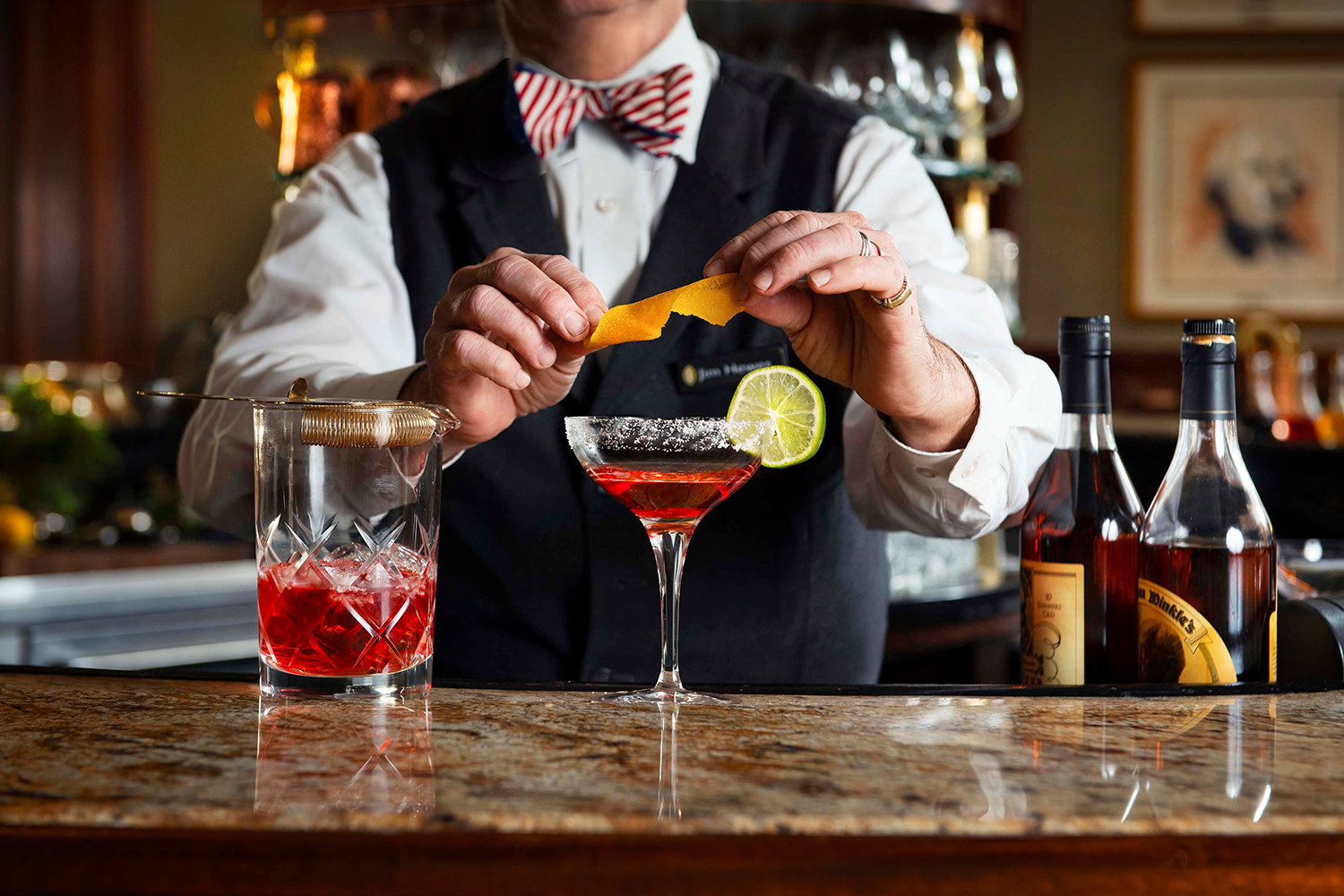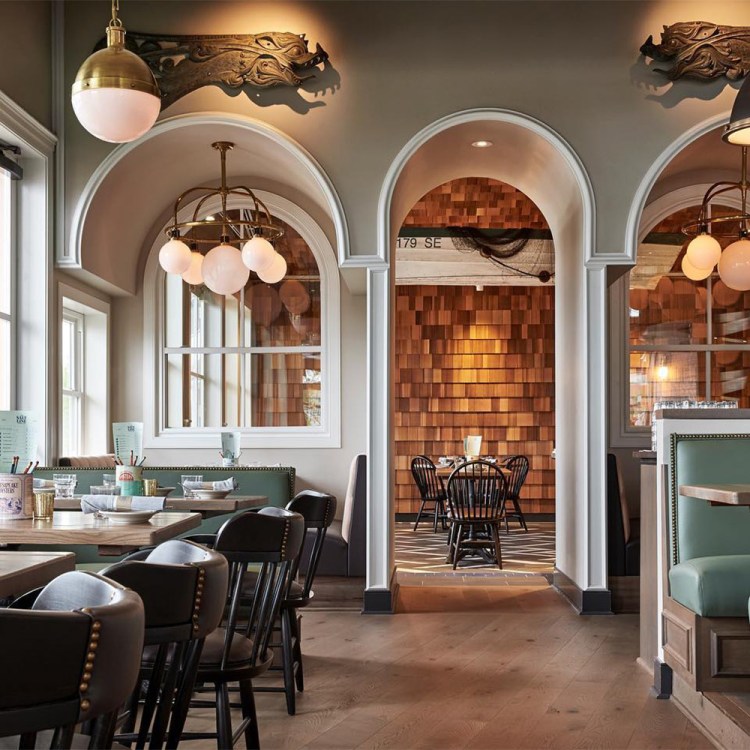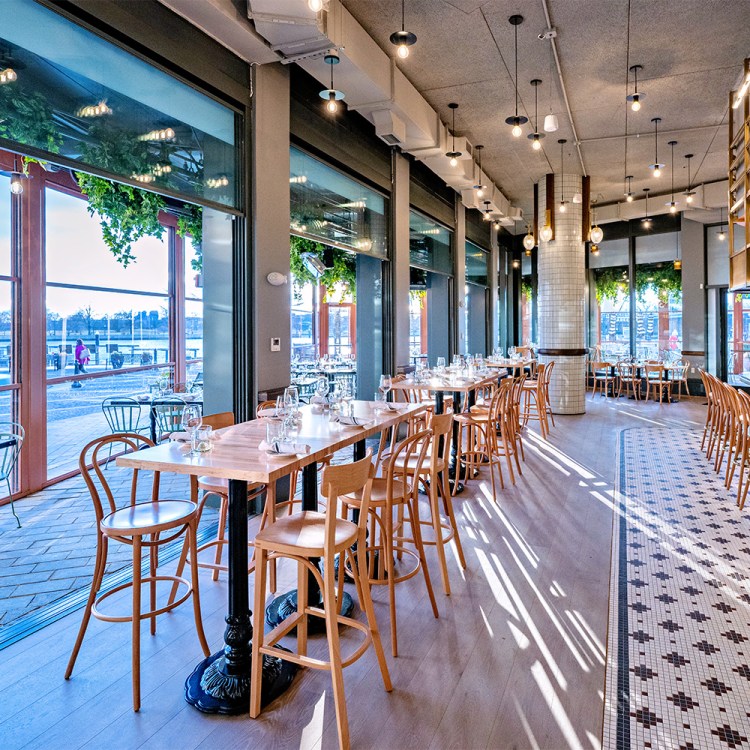DC is home to plenty of great watering holes, but none is more beloved than the corner bar. Hence we bring you Know Your Corner Bar, an occasional, ahem, dive into the tales and characters behind one of the city’s most storied taverns.
When the economy suffers, it’s hard, if not impossible, to tell what the long-term implications may be. That’s why nobody could have guessed that the 2008 recession, a time when jobs were lost and businesses were closed, could have catapulted the one-mile stretch of 14th Street that reaches from Thomas Circle to Florida Avenue into the city’s limelight. Over the course of the next decade, it would evolve from a place you wouldn’t want to walk around at night into one of the priciest real-estate markets in D.C.
How? Well, thousands of new residents were looking to move into the city, whether from more expensive cities like New York or from the suburbs in an effort to be closer to work. Investors, meanwhile, were looking for a safe bet: a place where they could throw their millions of dollars as new residents flocked in looking for places to eat and drink.
In 2009, a new bar called The Gibson opened near the corner of 14th and U Street. At the time it was DC’s only “speakeasy” style bar, meaning there’s only a small, handpainted sign on its brick-lined facade to indicate you’re in the right place.
“The Gibson opened during the start of a cocktail renaissance that centered around New York bars in the early 2000s,” Julia Ebell, The Gibson’s Creative Director, tells InsideHook. “But DC has its own passionate cocktail aficionados, many of which joined on to work at The Gibson in its early years.”
Now we’ve entered another unpredictable time of widespread closure, this time as a result of the coronavirus pandemic. Since COVID-19 came barreling through earlier this year, the District has seen more than 10,000 positive cases and the shuttering of hundreds of non-essential businesses in an effort to flatten the curve.
With numbers of new cases in D.C. now at their lowest since March, Mayor Muriel Bowser has allowed for the introduction of Phase Two of reopening, meaning outdoor and indoor restaurants are now able to function at 50 percent capacity. And given the hardship that the industry has had to endure, we would argue that there’s never been a better time to support the kind of neighborhood institutions that we hope are still here to stay.
While The Gibson is far from being the only speakeasy-style cocktail bar in the city these days (see: Harold Black, Dram & Grain and Allegory, for starters), it’s still, arguably, the best. They’re back in service by reservation only (6-11 p.m. Wednesday/Thursday; 6-12 Friday/Saturday), and they’ve also got an outdoor patio that’s perfect for sipping Scotch at dusk.
Some may well roll their eyes at the idea of a modern day “speakeasy,” a fact that Ebell is not blind to. “’Speakeasy’ has become a loaded term in the 11 years the Gibson has been open,” she concedes. “Many guests now think it means there won’t be any music or they’ll have to crawl through a tunnel disguised as a pile of cardboard boxes. The Gibson still doesn’t have a sign, but it isn’t a secret the way it was for those first couple years. Speakeasy has become a shorthand for a certain type of bar: dimly lit, cocktail-focused, and a more grown-up vibe.”
Naysayers might not like the term, but they can’t argue with the attractiveness of those key descriptors, nor with the quality of cocktails on tap at most of the speakeasy establishments now open in the city. It’s not just the hush-hush nature of Prohibition-style cocktail bars that inspire people like Ebell either — it’s the massive influence the era had on how we enjoy well-crafted, inventive drinks today.
“The Prohibition Era was the golden era of cocktail book writing. Although a lot of great books were written before Prohibition, the fear that bartending might become a lost art led bartenders to write down and share their recipes instead of guarding them as trade secrets. And Prohibition speakeasies were the first places that women could reputably drink with men in public. Modern bar culture couldn’t exist without some of the social doors the secrecy of speakeasies opened.”
The Gibson isn’t just a place to order a fancy cocktail with chartreuse or absinthe, though. It’s also a place where people love to gather — whether that means attending natural wine tastings with Chantal Tseng or the weekend literary cocktail nights that were once hosted at the upstairs bar. During a more typical summer, they host patio parties, and some of the staff is convinced the dark, candlelit space is “magical” given the number of first dates that come back year after year for anniversaries.
“We have a wonderful couple that met at the Gibson and came for a cocktail between their wedding ceremony and their reception!” Ebell exclaims.
This article was featured in the InsideHook newsletter. Sign up now.




















